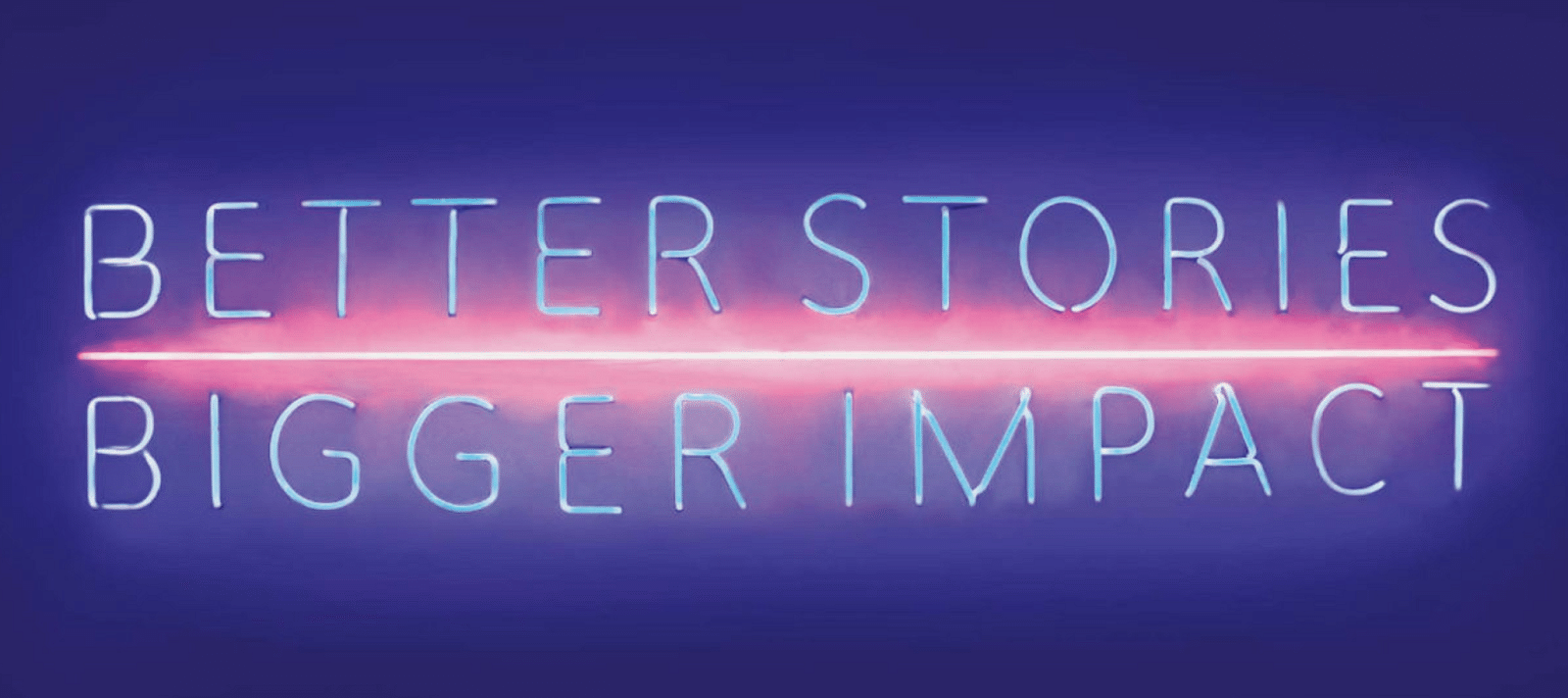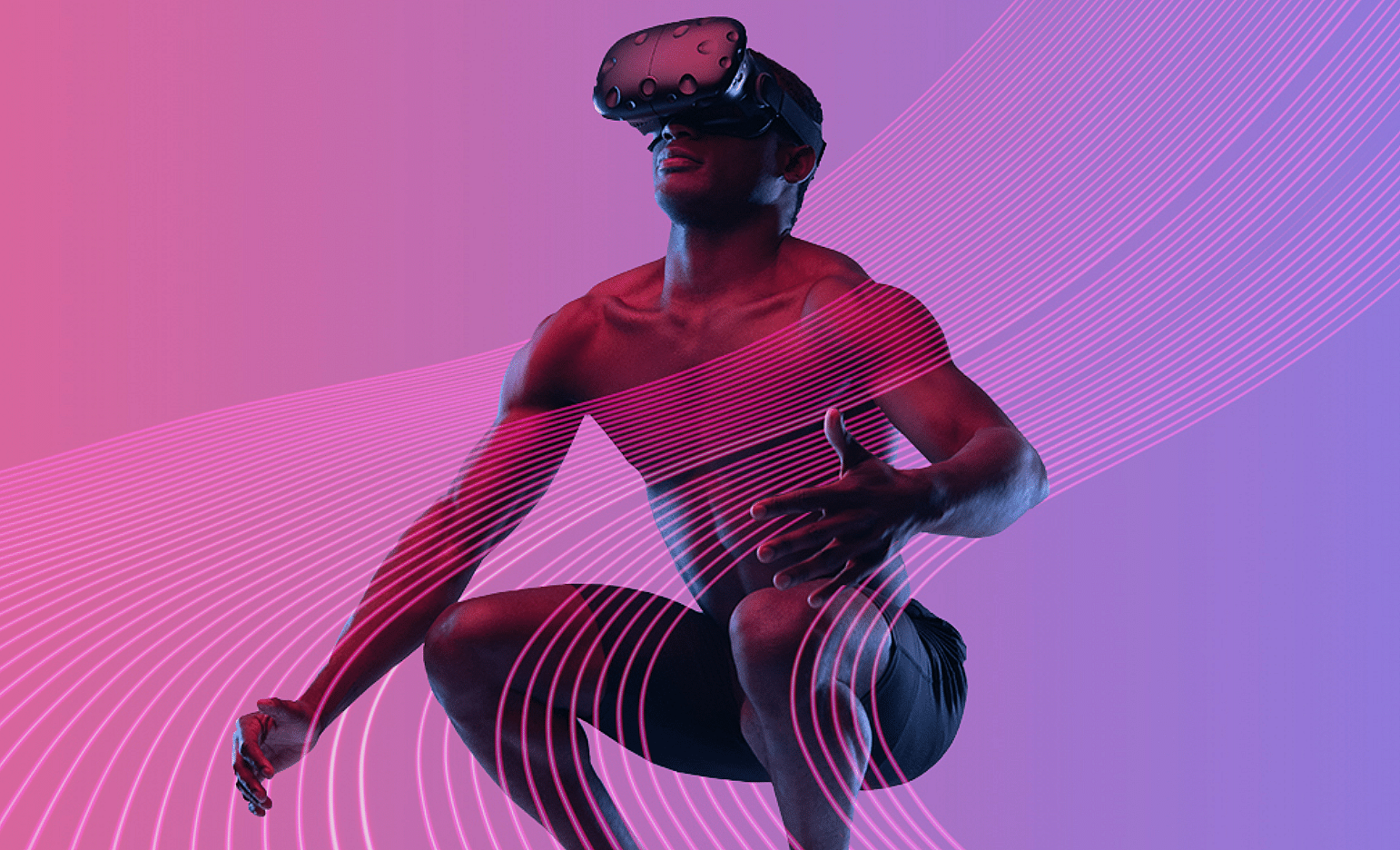
Bring your brand to life with an effective PR communication strategy
By Jim James, Founder EASTWEST PR and Host of The UnNoticed Entrepreneur.
Fiona Goldsworthy is the Managing Director (MD) of Business and Technology and Head of Global at Brands2Life, a multiple number one-rated agency in the UK. In the new episode of The UnNoticed Entrepreneur, she discussed how their company helps tech entrepreneurs to get noticed.
Image from LinkedIn
Stories are Key to Getting Noticed
In recent years, tech has really taken off and become pervasive around the world, accelerated by the pandemic.
Since Brands2Life’s co-founders Giles Fraser and Sarah Scales set up the business 22 years ago, they've always had tech at the heart of what they do. And how their agency tells their tech clients’ stories is fundamental to getting them noticed.
But what makes a story good as far as media is concerned?
For Fiona, you just can’t tell a story for the sake of a good story. There are very successful entrepreneurs out there who are good at being controversial, and that’s how they get their headlines. Former presidents as well are good at getting headlines.
Screengrab from Brands2Life
But at Brands2Life, their mantra is to look at better stories for bigger impact. They’re looking to see what a brand, a client, or an individual wants to actually achieve from a business perspective. Then, they work backwards to find out how to communicate that. And when they say “communicate,” they mean mapping it onto the wider world, finding out why it’s relevant to the wider world, and then communicating that.
When talking about good stories, you also have to think about the audience — because not everyone’s story will be relevant in the same way to different audiences. You have to make sure that you land the right message in the most compelling way in the right medium.
Using Different Disciplines
There are many ways you can map your story as an entrepreneur onto the wider world. One of which is through earned media or by pitching to journalists.
At Brands2Life, they speak to journalists — analysts, influencers, bloggers, and podcast hosts — day in and day out. They reach out to everyone who has a way or an outlet where interesting stories can be shared. They speak to them and understand what resonates with them. They make sure that they’re avidly and constantly consuming different media, whether it’s traditional newspapers, online newsletters, blog posts, podcasts, and videos.
As they are located right next to Tate Modern in London, their team members also go out to be inspired by art and do storytelling through visual media as well.
In their agency, they don’t just rely on storytelling to the media. They have grown to become multidisciplinary: They have a video and studio team that does creative storytelling. They also have social teams so they can get the same narrative out on social media sites like LinkedIn.
They further have a dedicated insights and analytics team that do a lot of research. They have various tools and platforms and they have the methodology to understand and unpick what is it that a tech entrepreneur wants to achieve and how they should go about delivering that through a relevant story, via the right kind of medium.
Defining Public Relations Today
In the past, an agency like Brands2Life would’ve been known for just media relations, outreach, and placements.
Now, the way Fiona positions what they do is that they help manage the perceptions of their clients and brands externally. Mostly, they are focused on positive and proactive storytelling. But they also do crisis communications when things go awry.
Image from Unsplash
Generally speaking, public relations (PR) is very much dependent on what kind of sector the agency is in and which part of the business they’re supporting. For instance, if it’s in-house PR, they’ll be about keeping things out of the papers. If it’s a shareholder or investor relations agency, it will be about crafting the best possible story for shareholders.
Increasingly, we’re seeing that PR actually encompasses many other things, including employer branding. It’s now about positioning a company amidst the talent war and the great resignation. This goes to show how internal communications have become hugely important as well.
Though defining PR is difficult, it’s primarily about trying to control or influence the external perception of a brand, a company, or an individual.
Beyond Tech
While tech is at the heart of what they do at Brands2Life, which was named by PRWeek as the number one tech PR agency in the UK, they also have a thriving corporate and purpose business, a commercial business, a digital and social business, and a health and wellbeing business. Plus, they also have a US office.
They have different ways of reaching into different sectors beyond the tech space. And, as mentioned, they have different ways how to bring different stories to life. They don’t just rely on earned media — they have multiple other ways of getting the message out to the right audience.
In their agency, they have a sort of matrix structure. Some people in Fiona’s team could also be working on corporate accounts. They have digital and social people who also have predominantly tech clients. There’s a lot of sharing of skills and expertise. That way, they can access all those different skills from different teams and offer their clients the best mix that they require.
Before the pandemic, all of them used to work in the same building. Now, there’s a lot of virtual and remote working. But, remote or not, it’s the agency’s access to different skills that make them an interesting and long-term place to work. A lot of their clients also stay with them for a long time because their agency can cater to different requirements — and they help evolve their clients’ offerings.
Evolution is Inevitable
As a company grows, an evolution of communications strategy takes place. This is where insights and analytics become so important. You have to do regular check-ins. But, on top of that, you have to be entrepreneurial and innovative.
Talking about being entrepreneurial, Brands2Life has embodied that in the way that they were able to set up a health and wellbeing team a few years back. Their co-founders Giles and Sarah were also able to establish a presence in the US. Every year, their agency wants to try and do something new and do something innovative for clients — and that’s how they’re winning awards.
You can only do this if you don’t fall back on what always works. You don’t have to reinvent the wheel. But think about how you can tweak things and make them better.
At Brands2Life, they have regular reviews with clients monthly, quarterly, and half-yearly. Often, they also check in on the progress of their team members — What are they delivering for their clients? Ultimately, is it having an impact on their business? If it’s not, they have to tweak it and adapt it. For them, this is the best way they can stay close to their client and figure out what their business objectives are, how they want to be perceived, and how to work with them.
Image from Unsplash
Through analytics, they also help clients understand that what they’ve been doing to date isn’t going to help them be in front of that C-suite audience or move them into this new market.
Having stayed with clients for a long time has given Brands2Life the opportunity to see them go from Series A to Series D. And when clients are looking to list, it’s when they need to really start building their brand and profile because they will have challenger brands snapping at their heels.
For example, VMware, one of their long-time clients, came to them as a challenger brand to Microsoft. Now, they’re the incumbent and they have all these other brands snapping at their heels.
Such as phenomenon is called the hype cycle. And their agency helps clients evolve throughout that cycle. They help them evolve their story, their messaging, and their proof points. They help evolve their narrative — because the story that a tech entrepreneur might tell at the beginning of their company is very different from what they will be saying a year later when they’ve listed to shareholders and they’ve gathered 500+ employees.
A big part of what Brands2Life do is help them unpick and understand the communication that’s required at each stage.
Treating PR Agencies as Consultants
To best use an agency like theirs, Fiona recommended that you as a client should treat them as consultants and listen to their advice.
A good friend of hers who works for a major management consultancy even mentioned to her that PR agencies should be paid a lot more because they often have the ears of important people. They’re doing briefings with the Chief Executive Officers (CEOs) of big companies. They’re speaking to influential journalists. They’re speaking to customers. They’re speaking to future superstar talents you can hire for your company.
Fiona appreciates that tech founders and tech entrepreneurs have the passion and belief in what they’re bringing to the market. However, the problem is that they see communications or PR as an afterthought or an executional vehicle as opposed to being a part of the process. As a result, they’re not getting the best possible results for their launch.
Passion is wonderful and powerful. It does come across when entrepreneurs are speaking to journalists, investors, new hires, and customers. But what agencies can do is help you shape your story so that it can be told in a more powerful and compelling way.
Image from Unsplash
CEO vs Corporate Brand: Which Should You Showcase?
If you’re an entrepreneur, you might ask: Should you be building the CEO brand (like what Richard Branson and Alan Sugar have successfully done in their early days) or the corporate brand?
According to Fiona, there’s no right or wrong answer. It depends on the company and the brand.
If the CEO is willing to go out, be authentic, show who they are, and tell that what they’re developing or launching has a purpose in the world, then you can do CEO profiling.
Today, there’s much emphasis on purpose, on making the world a better place, on helping your staff address mental health challenges, and on helping address climate change. If CEOs are willing to be real about these things, then there’s a huge opportunity for them to get what they’re doing noticed.
Nowadays, people want to work for inspirational people. Especially younger workers, they want to work for companies where they can feel that they’re helping the world or they’re making a difference. If the CEO or a company’s country leader is out there and visible, then they’re more likely to attract talents because they have become relatable.
Nonetheless, you must not neglect the corporate brand because the CEO doesn’t always stick around. Keep in mind that the brand stands for more than just one individual.
One thing you also have to consider is that it’s not necessarily about the CEO or the company brand. It’s also important to shine a light on the people who work within the business as well — those who work and help build their company. In fact, Brands2Life has seen clients who have become successful in showcasing female engineers and developers, for example.
Getting Brands2Life Noticed
Brands2Life has been in the industry for over 20 years. And for three years, they’ve successfully topped the rankings in the UK for the tech space.
To get the company noticed, it’s important for them to show that they can do PR themselves as much as they can for their clients. And they do it like how they do it for others — to not be controversial and not have a view for the sake of it. Their views must be aligned with what they’re trying to achieve.
Their co-founders are also very visible and often contribute to PRWeek activities. The same is true with their MDs across the board. For instance, Kinda Jackson, their digital and social MD talks a lot on podcasts. She was also at the Cannes Festival recently. Their head of consumer, on the other hand, has strong views on creativity and how to hone that. And they’re trying to get that out.
Getting their co-founders and MDs out there is also important when hiring people because it helps talents know who they’re going to be working for.
One thing that has also worked for them well is their Tech Trends event that’s been going on for over 10 years now. Every January, they gather four illustrious journalists from media organisations like the BBC, Forbes, Channel 4, New York Times, and Metro among others. They ask them for their prediction for the year ahead: What the big tech trends will be. And that has been something that their customers, prospects, and the industry, in general, keep coming back to.
Screengrab from Brands2Life
The Future of PR
Fiona predicts that we will continue to see different channels emerging.
When Brands2Life interviews 21-year-olds, asking them how they get their news, only a very few of them say the BBC, The Guardian, or The Financial Times. They refer to TikTok and Reddit threads.
Though today, traditional newspapers are shrinking, they’re still very important. It’s just that it’s more difficult to get into them. It’s not a pay-for-play method — a journalist has to look at your story, investigate it, and write something about it, ideally in a positive manner (or, at the very least, neutral or impartial). But when you do get that wonderful piece in the New York Times or the BBC, it will be powerful because it would mean that your story has resonated.
The future of PR is that it will be even more important and it will take shape in different ways.
And as a diversity of platforms comes in, we need to tailor our message accordingly. We have to think about how to get the message across and how to be creative about it. We have to keep adapting and innovating.
To learn more about Brands2Life, visit https://brands2life.com.
This article is based on a transcript from my podcast The UnNoticed Entrepreneur, you can listen here.
Cover image by Oleg Laptev on Unsplash







